The beautiful garden of southeast Asia – Yala National Park
The Ruhunu National Park (Yala National Park) is one of the most beautiful parks in Sri Lanka. It is one of the most beautiful parks in Sri Lanka. It is surrounded by steep sea views, beautiful gems and Kumbukkan Oya. The five-storied Yala sanctuary is 126786 hectares.
Sri Lanka is one of the oldest national parks. Yala National Park
This was published on February 25, 1983. The Yala are the most famous wildlife park in our country. Also, the national park is well known in Sri Lanka. The forest was used as a hunting grounds for the British from 1900. It was named as a hunting park in 1900. In 1908, this was declared as a sanctuary. Subsequently, the Yala forest was divided into five zones, and the zone number one was upgraded to a national park on February 25, 1938. The other four regions were also affiliated to the Yala National Park. There is also a strong natural reserve within the gardens.
It is located in the Southern and Uva Provinces and it is surrounded by districts of Hambantota and Monaragala. It is a very fertile ecosystem and a large, biodiversity forest.

Safari in Sri Lanka
The Routes to Yala National Park
It will take 290 km to reach Matara via Weerawila, Tissamaharama, Hambantota via Pelmadulla, Embilipitiya, Nonagama. From the Ratnapura, Pelmadulla, Udawalawa, Thanamalwila, Pannehagama junction, Tissamaharama and Panadura junction to Panadura junction. The distance is 270 km. Colombo Balangoda Kaltota can reach Yala via Kataragama Tissamaharama. From Nuwara Eliya to Welimada Ella Wellawaya, Thanamalwila Panagamuwa Junction and arrive in Tissamaharama. The distance is 203 km.
From Kandy to Monaragala, Bibile Buttala Kataragama Tissamaharama. This distance of 213 km is in the future. The settlements belonging to the Ruhunu kingdom have been settled here. Since the fall of the kingdom of Ruhuna, after the fall of the 12th century, this area was filled with water. During the British rule this land became a hunting ground. The Manik River flows through the Yala National Park. Main gardens of the Palutupana Wewa, Thalapala Wewa, Heen Wewa, Boutawa and Mahakalawa Wewa are located in the park. The eclectic ecosystems of the park include the forest, reservoirs, and lagoons. Dry Zone Monsoon Forest System, Yala National Park, Thallium Shrub Wild Bee, Coastal Cultivation and Plain Grasslands. There is a genuine rainforest in the area surrounding the Menik Ganga. There are about 280 species of plants such as Burutha Milla, Palu Divul Weera Kohomba Kumbuk, Siamamulla and Halmilla Ranawara.
Yala National park has 42 species of mammal species. A tiger, a bear, a sniper, a rhyming wild buffala, a fever, a fox, a mummy wild boar, and a number of species such as relives and mugattia. There are also some species of whales on the coastal area.
There are 282 bird species recorded in the park. Among the birds there are 7 bird species endemic to Sri Lanka. Haban Cock Fowl Cucumber Elephant, Red Mulberry Where The Asparagus is Shaved The flower box is one of the most prominent among the peacock birds. The largest bird in Sri Lanka, Bhanu Manawa, the tallest bird in Sri Lanka, the only rare bird in Sri Lanka’s bird lagoon, Sri Lanka’s largest bird, is also home to over 100 wildlife birds, sea tuskers and red birds. Can be bought There are about 48 reptile habitats in the Yala National Park, including geckos, lizards, canes, frogs, common cocks, reptiles, and reptiles.
There are three species of turtles in the lagoons and reservoirs as well as 05 turtles in the sea area. There are about 40 species of wildlife in the Yala National Park and there are many species of butterflies.
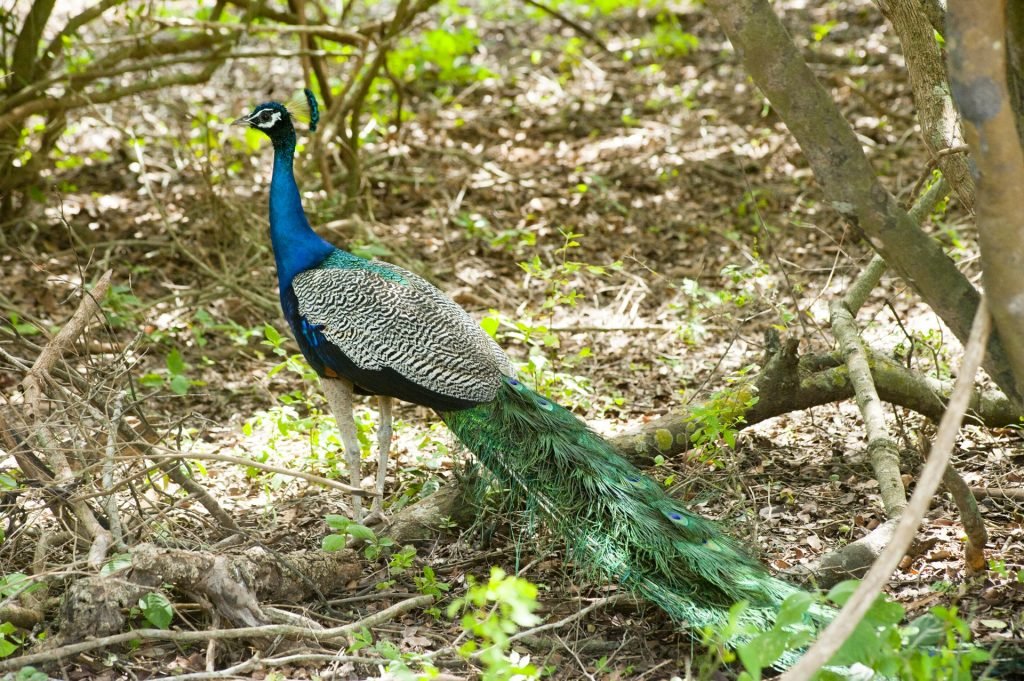
If you need further information, the Head Office of the Department of Wildlife Conservation located on Kandy Road, Malabe, 011-2560380 or from the Wildlife Offices at Lunugamwehera, 047-2237545 and 047-2237332. Visitors to the Yala National Park can visit both the Lunugamvehera National Park and the Udawalawe National Park and the tourist resort in the two national parks can be enjoyed.
It is important to keep in mind that it is important to keep in mind before entering the wildlife zone, such as plastic polluting substances that pollute the environment, as well as burning cigarettes. This approach should be dangerous because it must be thoughtful.
It is also best to use a gat for birds and other animals. It is necessary to travel silently to watch the behavior of the breed. It is not necessary to ring the horns of vehicles. The sighting of animals is an unnecessary trouble. It is necessary to follow the advice and knowledge from a guide.
Make sure to avoid damaging the environment, such as breaking up trees or harvesting trees. It is an offense that can be punished. There is nothing to do with everything on the floor. We are connecting our feet with the help of our ancestors’ ashes. Let them understand that this earth is fertile. Tell your children that if our world is ravaging the earth, our planet is the world we live in. The only thing we know is that this earth does not belong to man. But man is right on the earth. The net is not woven by the net. He’s just an illness.


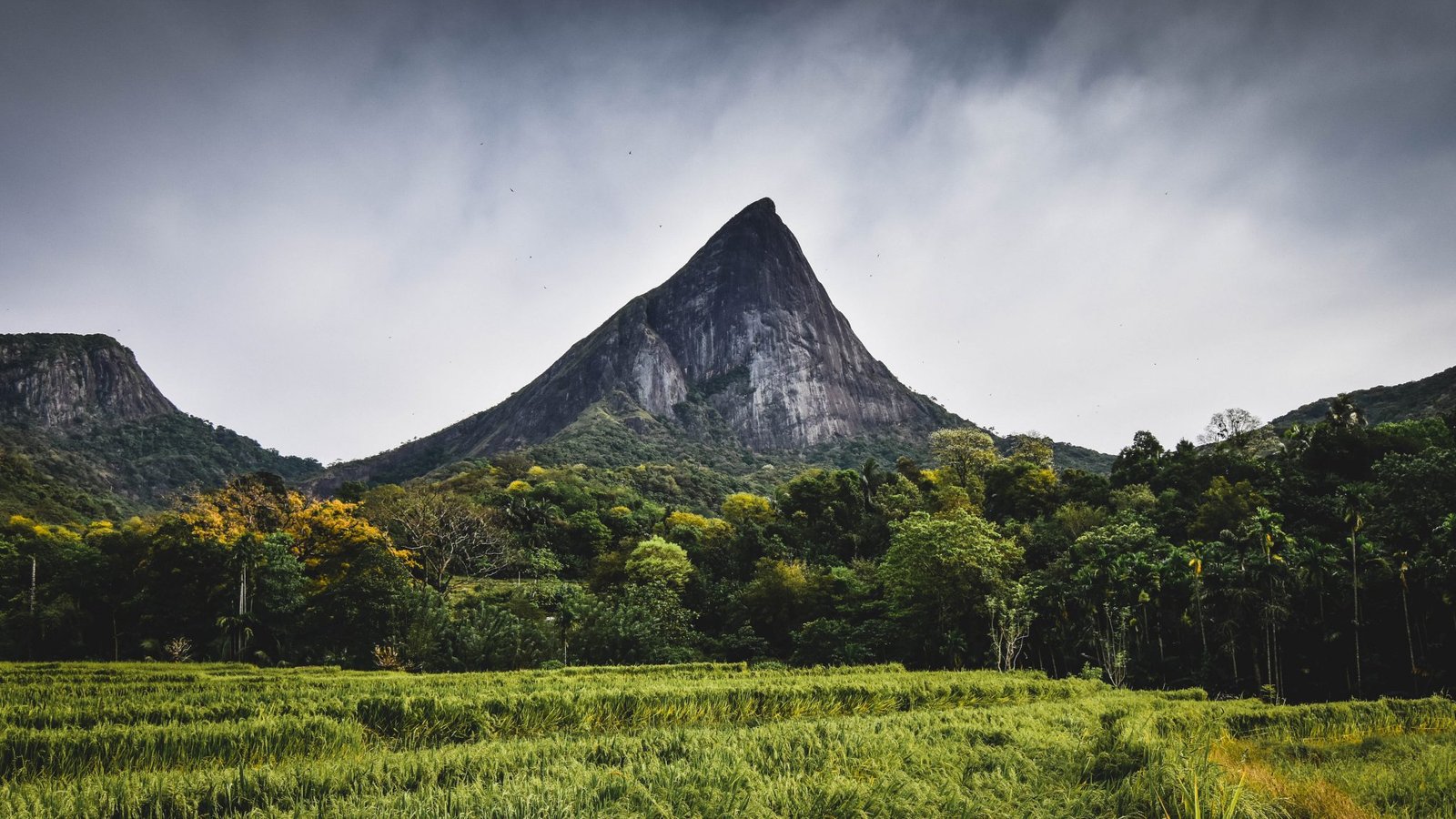


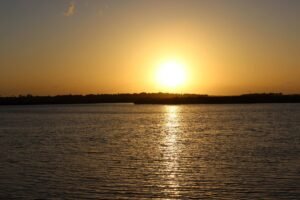



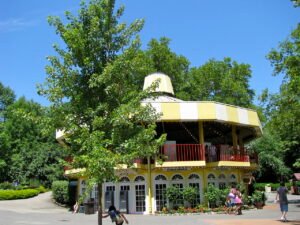

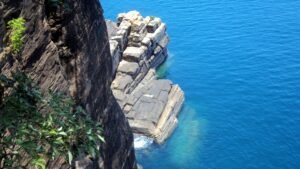
7 comments